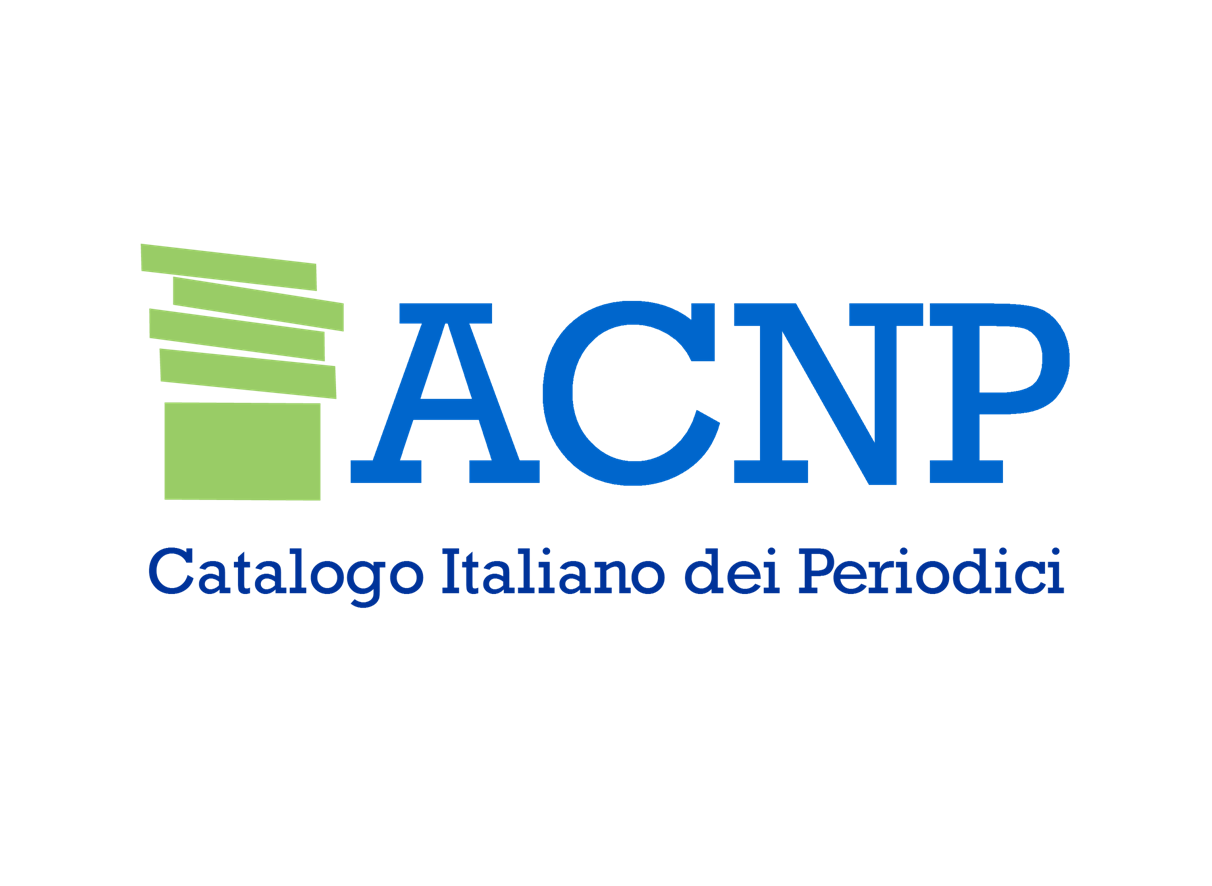Feel Safe as a Means to Improve Minor s Digital Skills and Disaster Resilience
DOI:
https://doi.org/10.61007/QdC.2023.2.129Keywords:
digital technology, digital skills, social networks, social interactionsAbstract
Students of today (aged 3-24 years) are immerged in a digitalized world, in which digital technology such as smartphones, tablet, the internet and social networks characterize most youngsters social interactions. Consequently, the use of technology is spreading within school contexts, although with distinct significant differences. For instance, higher education is increasingly moving towards digital-based teaching and learning practices, operationalized through digital platforms accessible through electronic devices (Piromalli and Viteritti, 2019). Conversely, the use of technological tools in primary and secondary school is still limited and schools still need to find a way to integrate digital literacy into their curricula and foster a teaching method that offers links with the present and future life of children and adolescents (Burnett, 2009), as «they have not known the world without cell phones, computers and internet and could not imagine how things would work without these devices» (Vincze, 2015:125). Children and adolescents, indeed, live in a shaded world in which the online and offline worlds merges in an Onlife (Floridi, 2015) dimension that shapes their educational and social reality.
References
Burnett, C. (2009), «Research into literacy and technology in primary classrooms: An exploration of understandings generated by recent studies», in Journal of Research in Reading, 32(1), 22-37.
Sosa Díaz, M. J. (2021), «Emergency Remote Education, Family Support and the Digital Divide in the Context of the COVID-19 Lockdown», Int. J. Environ. Res. Public Health, 18 (15), 7956. Doi: https://doi.org/10.3390/ijerph18157956.
Fabbri, M., Soriani, A. (2021), «Le sfide della scuola in una società complessa. Educare alla cittadinanza digitale per la costruzione di una cultura della democrazia», in Pedagogia Oggi, 19(2), 54-63.
Floridi, L. (2015), The Onlife Manifesto. Being Human in a Hyperconnected Era, Springer Nature.
Piromalli, L. and Viteritti, A. (2019), «The platformisation of higher education in Italy: Three case studies and a research agenda», in Proceedings of the First International Conference of the Journal “Scuola Democratica” - Education and Post-Democracy Volume II Teaching, Learning, Evaluation and Technology.
Prensky, M. (2001), «Digital Natives, Digital Immigrants Part 2: Do They Really Think Differently?», in On The Horizon, 9(6), 1-6.
Redecker, C. (2017), «European Framework for the Digital Competence of Educators: DigCompEdu», in Y. Punie (ed.), EUR 28775 EN, Publications Office of the European Union, Luxembourg, ISBN 978-92-79-73718-3 (print),978-92-79-73494-6 (pdf), Doi: 10.2760/178382 (print), 10.2760/159770 (online), JRC107466.
Seddighi, H., Sajjadi, H., Yousefzadeh, S. et al. (2021), «School- based education programs for preparing children for natural hazards: A systematic review», in Disaster Med Public Health Prep. Doi: https://doi.org/10.1017/dmp.2020.479.
Vincze, A. (2015), «Digital gaps in school? Exploring the digital native debate», in Belvedere, 1, 122-131.
Downloads
Published
How to Cite
Issue
Section
License
Copyright (c) 2023 Quaderni di comunità

This work is licensed under a Creative Commons Attribution-NonCommercial-NoDerivatives 4.0 International License.







